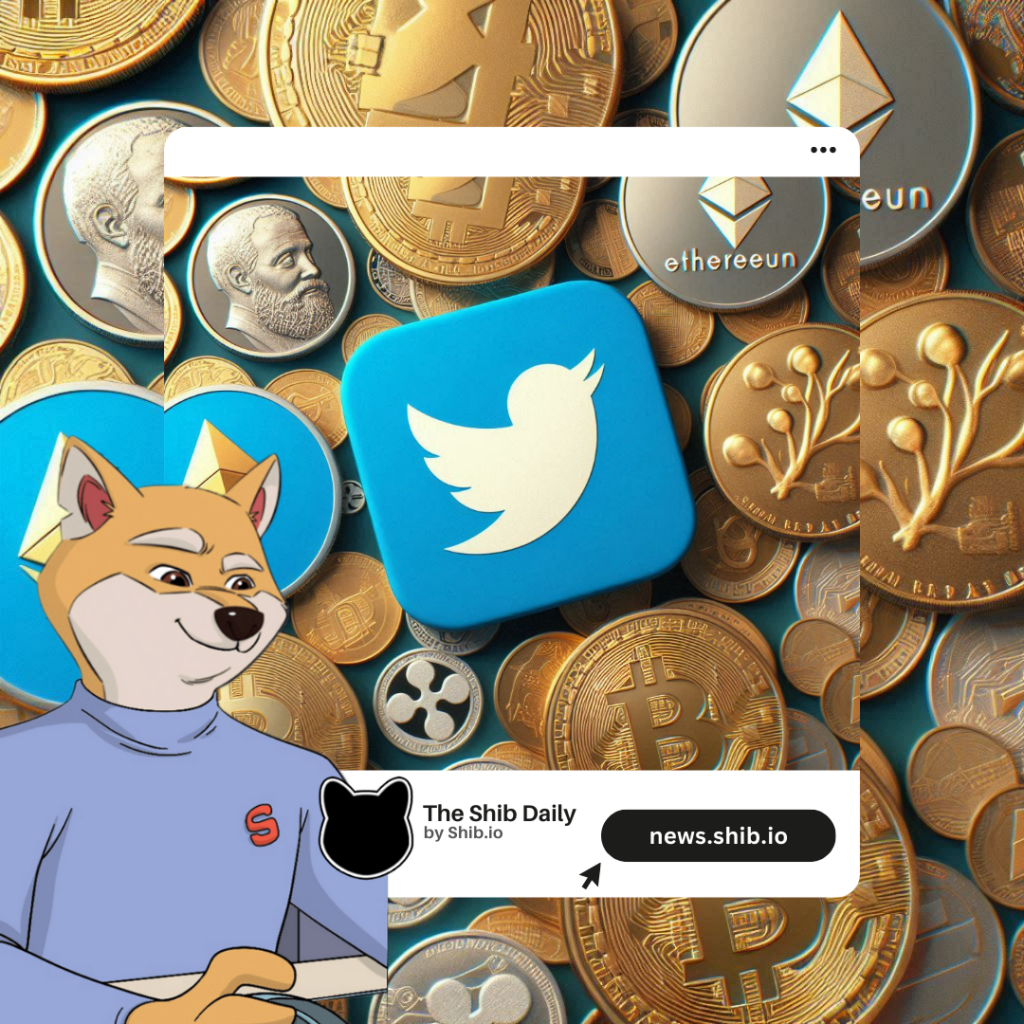Meme coins have become a cultural phenomenon in the cryptocurrency space, offering humor-infused branding and the allure of overnight riches. From the meteoric rise of Dogecoin to the frenzy surrounding Shiba Inu, meme coins have captured the attention of both seasoned investors and novices. However, with their popularity comes an influx of meme coin scams designed to exploit unsuspecting enthusiasts. Verifying the legitimacy of a meme coin is essential to protecting your investments and avoiding potential losses.
This guide provides practical tips, tools, and red flags to help you assess the credibility of a meme coin before you invest and fall victim.
Understanding Meme Coins
Meme coins are cryptocurrencies inspired by internet memes or popular trends. Unlike traditional cryptocurrencies like Bitcoin, Ethereum, or Solana, which often have clear use cases, meme coins are largely speculative and driven by community hype. While some have established robust ecosystems, others are created solely to capitalize on trends, making the market a hotspot for meme coin scams.
Red Flags to Watch For
Before investing in a meme coin, be on the lookout for these warning signs:
Related: Bitget Doesn’t Sleep: The New $500M Shift to On-Chain Stocks
- Lack of Transparency:
- If the team behind the coin is anonymous or provides limited information about themselves, this is a major red flag. Legitimate projects typically have a publicly identifiable team with proven expertise.
- No Clear Use Case or Roadmap:
- A legitimate project should outline its purpose and vision. If a coin’s roadmap is vague or nonexistent, it may be a cash grab rather than a genuine effort to build something valuable.
- Excessive Hype:
- Beware of projects that rely solely on aggressive marketing or exaggerated claims of “guaranteed” returns. Scammers often use flashy promotions and even influencers to lure investors without delivering any tangible value.
- Unverified Smart Contracts:
- A trustworthy project will have its smart contracts audited by reputable third parties. If there’s no evidence of an audit or if the audit reveals vulnerabilities, proceed with caution.
- Poor Tokenomics:
- Look out for coins with disproportionately high token supplies, suspicious wallet distributions, or unclear mechanisms for long-term value. For example, if a single wallet holds a majority of the coin’s supply, it could indicate the risk of a “rug pull” scam.
Practical Steps to Verify a Meme Coin’s Legitimacy
- Research the Development Team:
- Look for detailed profiles of the team members on platforms like LinkedIn or GitHub. A transparent and experienced team is often a sign of a credible project.
- Review the Whitepaper:
- Read the project’s whitepaper to understand its goals, tokenomics, and technical details. Be wary of poorly written or plagiarized whitepapers.
- Check for Audits:
- Use blockchain auditing services such as CertiK, Hacken, or PeckShield to verify whether the project’s smart contracts have been reviewed for security vulnerabilities.
- Analyze the Community:
- Join the coin’s social media channels, such as X, Reddit, or Telegram, to gauge community engagement. Legitimate projects usually have active, supportive communities, while scammers often rely on bots or fake accounts.
- Evaluate Liquidity and Exchange Listings:
- Check if the coin is listed on reputable exchanges like Binance, Coinbase, or Kraken. Also, analyze its liquidity on decentralized exchanges to ensure there’s enough volume to support trading activity.
- Use Blockchain Explorers:
- Tools like Etherscan or BscScan can provide insights into the coin’s transaction history, wallet distribution, and developer activity. Unusually high activity from a single wallet may indicate a scam.
Challenges and Controversies
While meme coins can be lucrative, their speculative nature makes them highly volatile. Many critics argue that the meme coin frenzy distracts from more meaningful blockchain innovation, while others point out the environmental impact of coins built on energy-intensive blockchains. Additionally, meme coin scams have tarnished the reputation of the crypto market, creating skepticism among mainstream investors.
Meme coins can be both an exciting and risky venture. By conducting thorough research, staying vigilant for red flags, and using reliable tools, you can minimize the risks of falling prey to meme coin scams. Remember that investing in cryptocurrency — especially meme coins — should always be approached with caution and a willingness to lose what you invest.
Related: Jump Trading Faces $4B Lawsuit For Rigging the Terra Collapse












